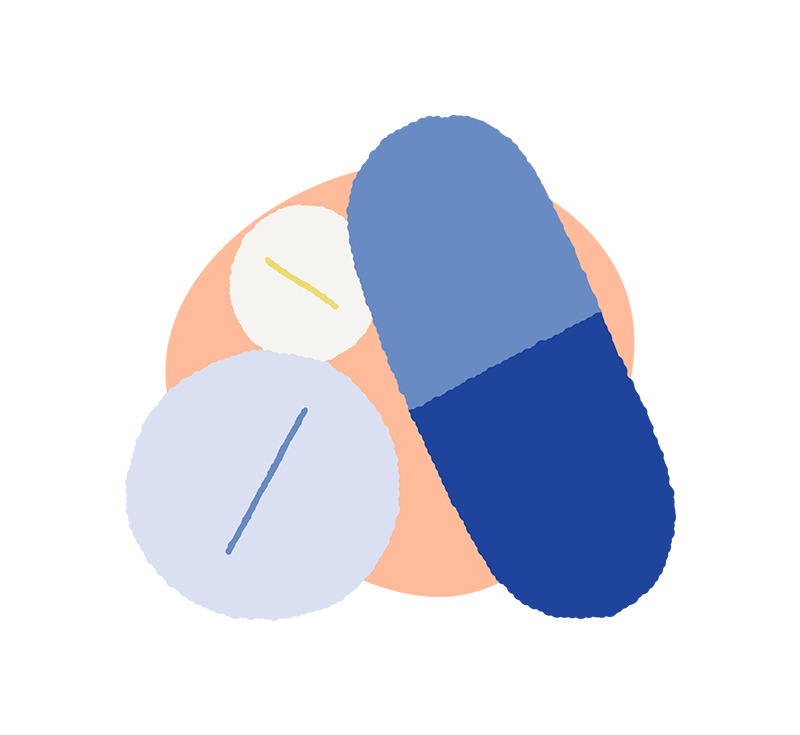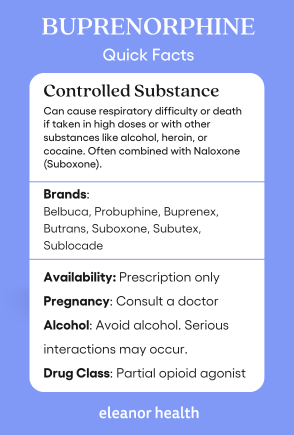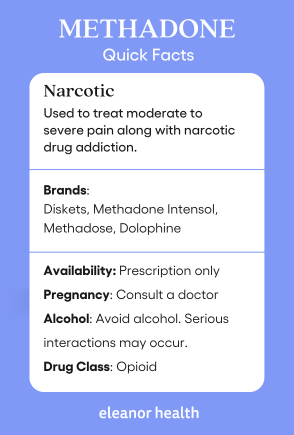What is Buprenorphine?
Buprenorphine is a partial opioid agonist, meaning it activates the same receptors in the brain as opioids, but to a lesser degree. This unique property makes it an effective medication for treating opioid dependence while reducing the risk of respiratory depression and overdose associated with full opioid agonists like methadone.










